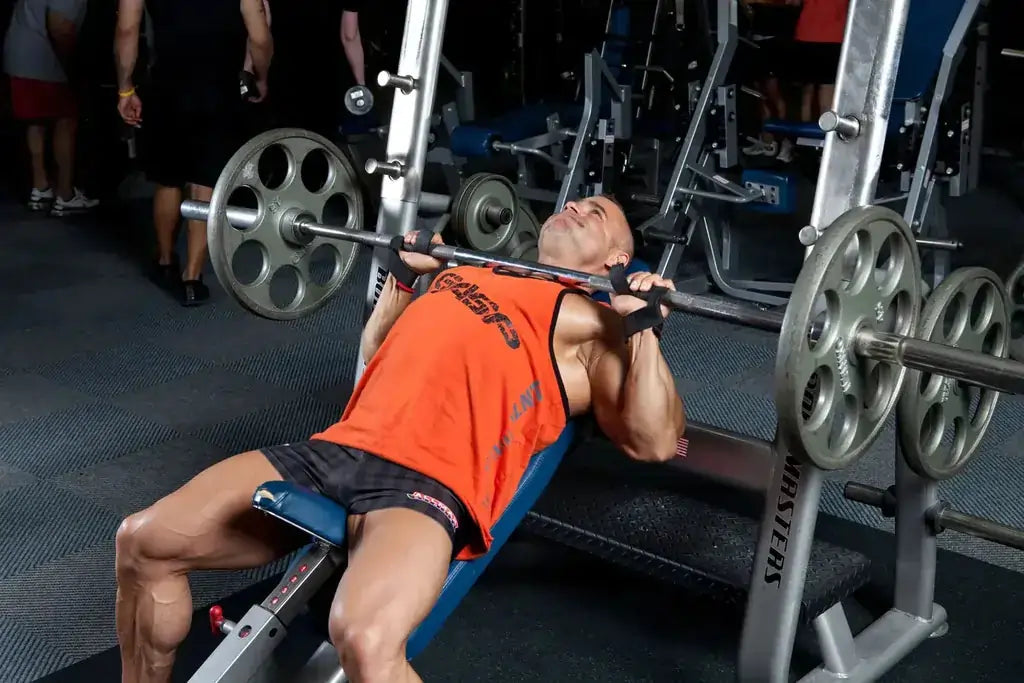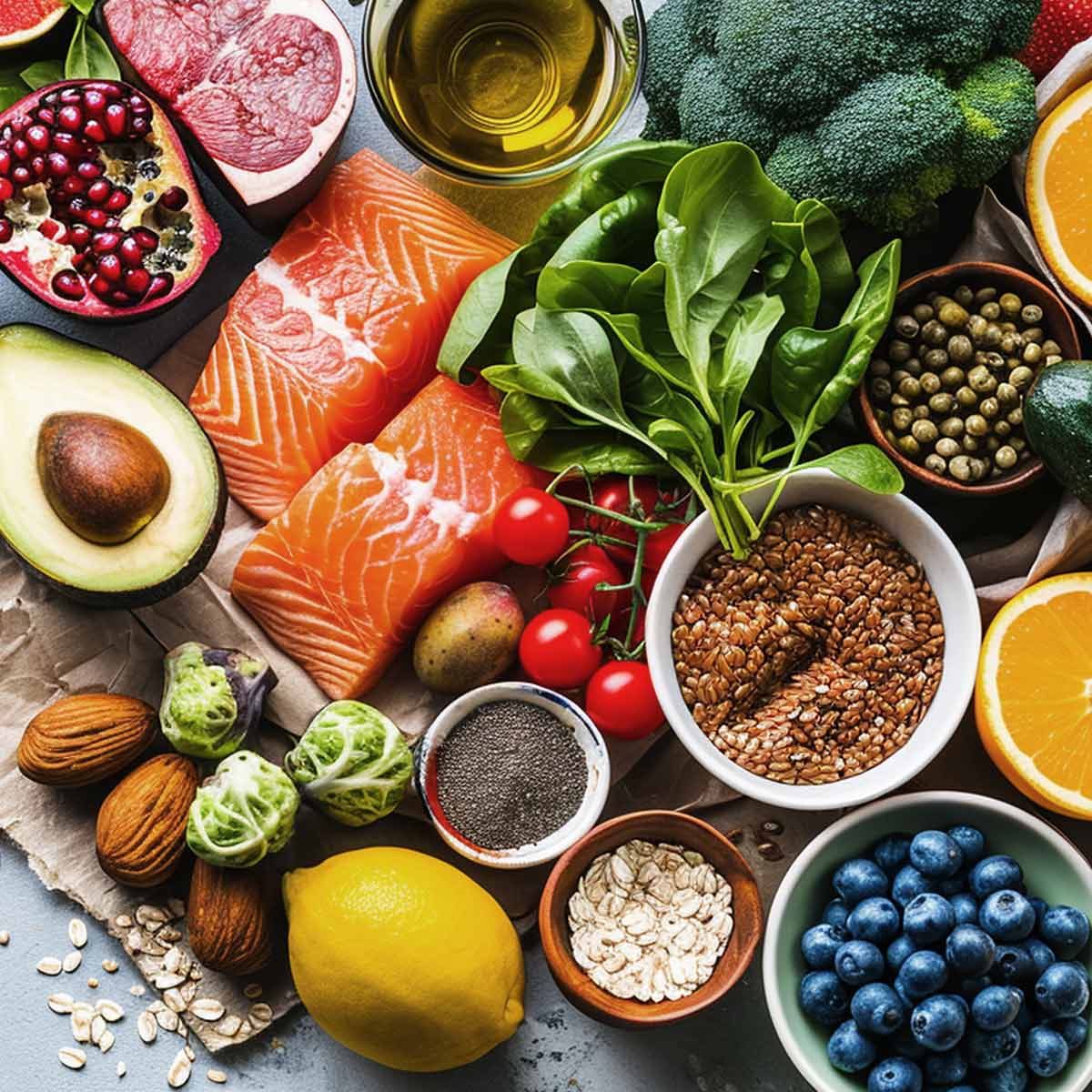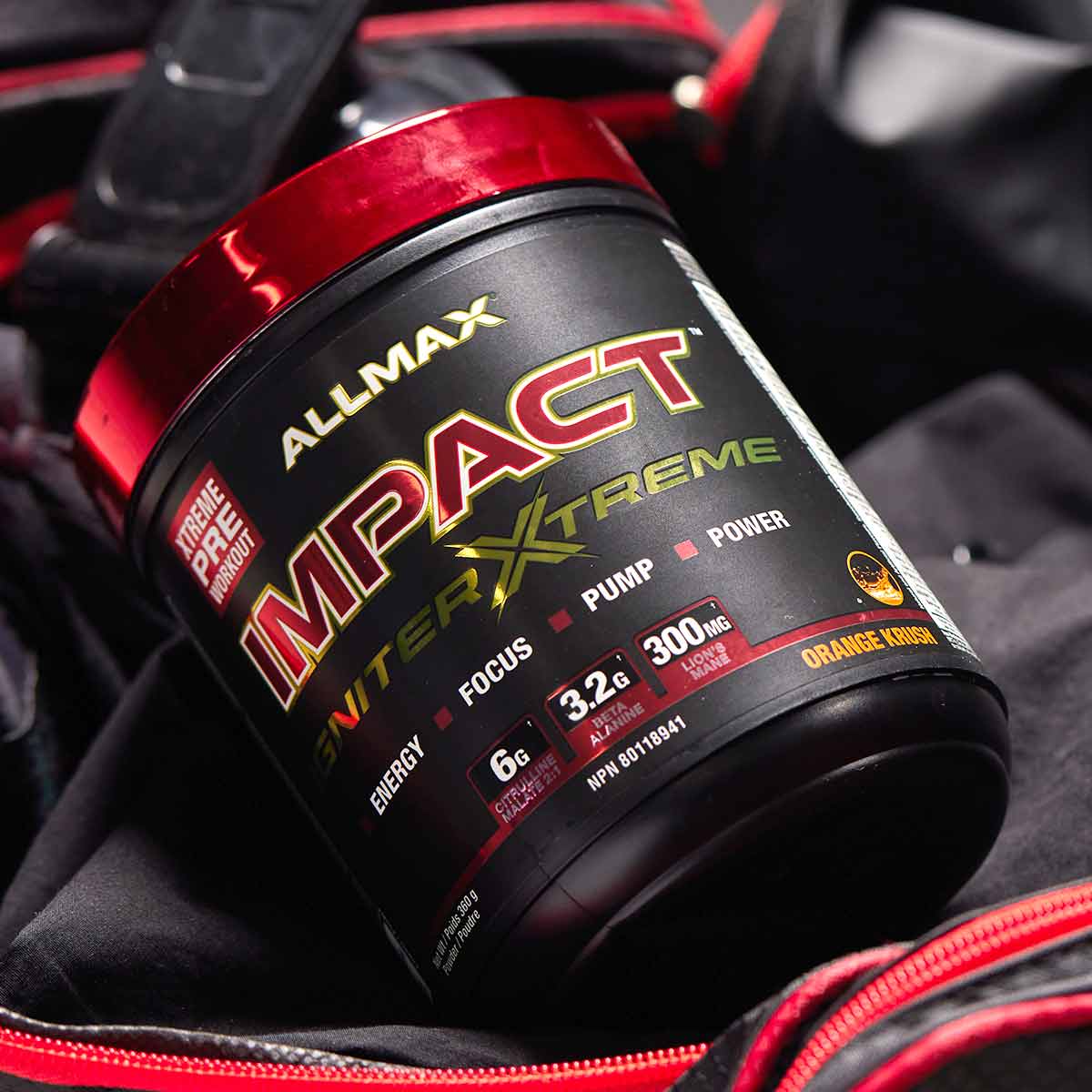DO NOT WAIT FOR TOMORROW - START A NEW LIFE TODAY
WE ARE GLAD TO SURPRISE YOU

Workouts
We may all be chasing similar goals, but every body is built differently. Find the right fitness and workout plan that complements your fitness journey!
WHAT'S YOUR FITNESS GOAL?
GOAL SELECTOR

Weight Loss
If you are looking to shed a few extra pounds or drop even more weight, we have the right products to help you get there!
KNOWLEDGE BASE
Featured Articles

Ways to Boost Your ...

The Great Pre-Worko...

Maximize Muscle Gai...

How to Bench Press ...

Full-body Dumbbell ...

What Ingredients Pr...
Want Exclusive Access to Our Weekly Deals?
SIGN-UP NOW!
Gain access to exclusive weekly discounts & promotions and to receive the latest news on product drops and special giveaways. Membership has its privileges and best of all... it's FREE! What are you waiting for? Sign-up to the Team Allmax email list today!
WORKOUT PLANS
FEATURED TRAINING PLANS

Ways to Boost Your ...

The Great Pre-Worko...
TESTIMONIALS
HERE'S WHAT OUR HAPPY CUSTOMERS ARE SAYING...
Incredible taste and ease of mixing. Excellent consistency, great quality & value and the macros are fantastic. Hands down game changer for a solid protein source. Thanks Allmax!
I'm always impressed with Allmax supps. The ingredients and macro’s of this shake – and the taste of both flavors was spot on! Can’t beat the convenience of this!
Incredible taste and ease of mixing. Excellent consistency, great quality & value and the macros are fantastic. Hands down game changer for a solid protein source. Thanks Allmax!
I'm always impressed with Allmax supps. The ingredients and macro’s of this shake – and the taste of both flavors was spot on! Can’t beat the convenience of this!
If you struggle to get your vegetables in like I do. Cytogreens is a must supplement. Along with-it greens blend it also has digestive enzyme, liver support, flax seeds, mushroom extracts, and immune support. This is a supplement that helps in so many ways. It’s also delicious it comes in two flavors açai berry and chocolate. No more struggle to get your greens in.
Honestly the best protein shake I’ve had! Great for recovery and taste delicious. I get the chocolate mix!! I highly recommend to all my friends! Love you ... PS thank you for the free amino energy drink!! It’s also great.
I love that the Allmax Collagen doesn’t have a thickness to it. It’s light in comparison to other collagen products on the market. I’ve used this in my coffee and I have also mixed it with my CytoGreens before bed. It’s an overall great wellness product.
One of the best products from ALLMAX in my opinion. When I don’t feel like I ate enough greens through the day Cytogreens is a MUST. Keeps me feeling healthy and clear minded.
Amazing product with great taste! I love using this for the perfect midday pick-me-up or morning cardio. It has enough caffeine to get my day going and lets me sleep at night. My favorite flavor is Watermelon Candy!
ISOFLEX is truly the best protein i've ever had. The isolate is macro friendly, taste great, and sits well with my stomach. ALLMAX is a great brand when it comes to product quality and consistency. I would recommend anyone who is into fitness to use ALLMAX.
Impact Pump is a GREAT product! It helps me gain a better pump through my workout sessions and blends perfectly with Carbion+ Also it doesn’t have the stimulant which is my favorite feature about it as well as giving a good mindset focus through your workout!
Great taste! These greens are SO essential to my daily nutrition. I mix the chocolate flavor in my Isoflex and I use the açaí berry flavor in my fiber drink. Great source of energy and does wonders for digestion.
See the transformations for yourself. Real people making real changes to their physique with the help of Allmax supplements and training programs.
WANT EXCLUSIVE ACCESS TO OUR WEEKLY DEALS?
SIGN-UP NOW!
Gain access to exclusive weekly discounts & promotions and to receive the latest news on product drops and special giveaways. Membership has its privileges and best of all... it's FREE! What are you waiting for? Sign-up to the Team Allmax email list today!
Follow us on Instagram



